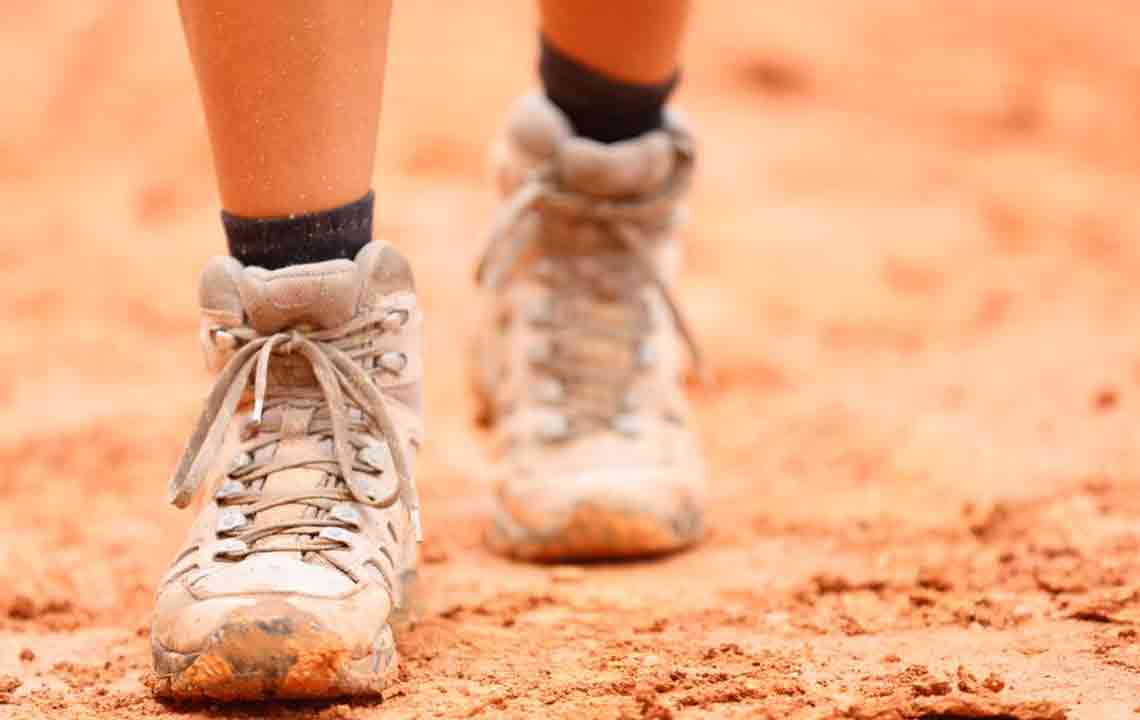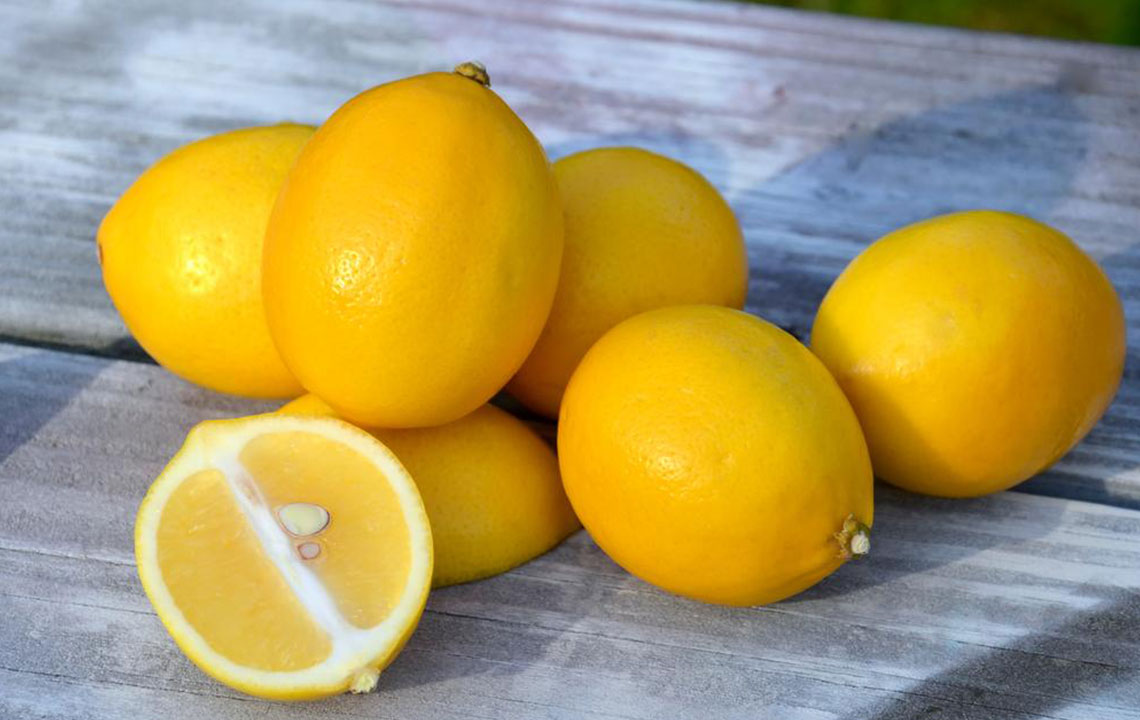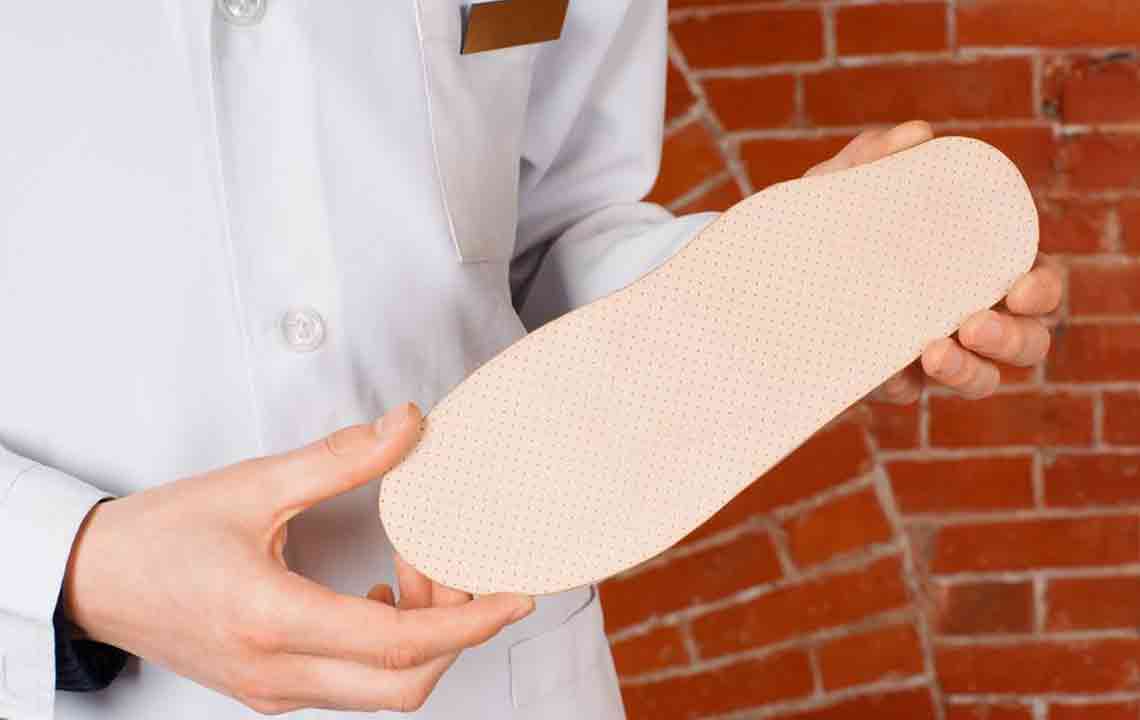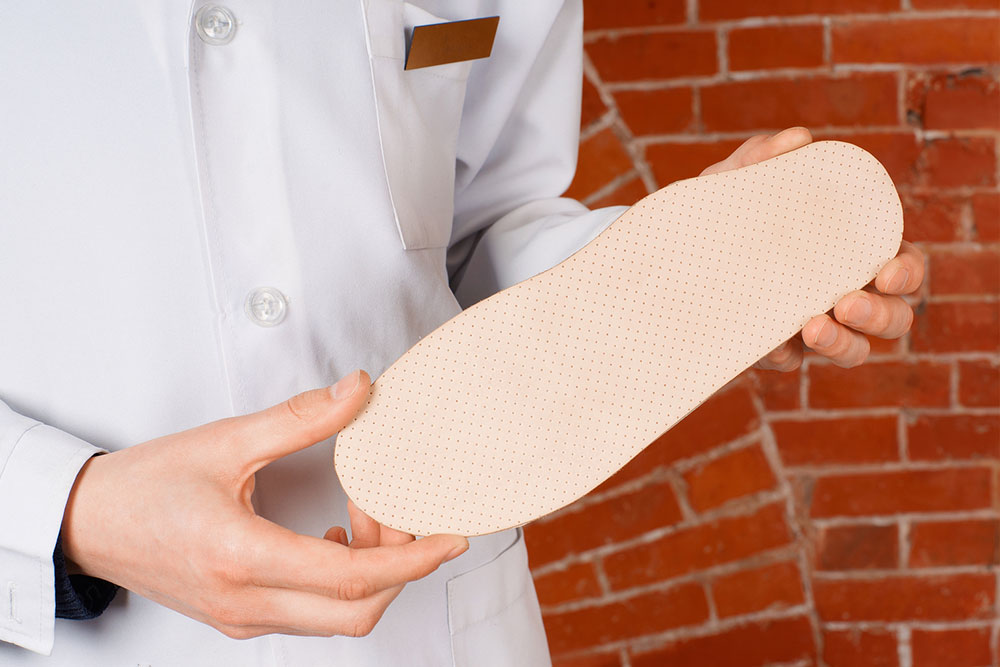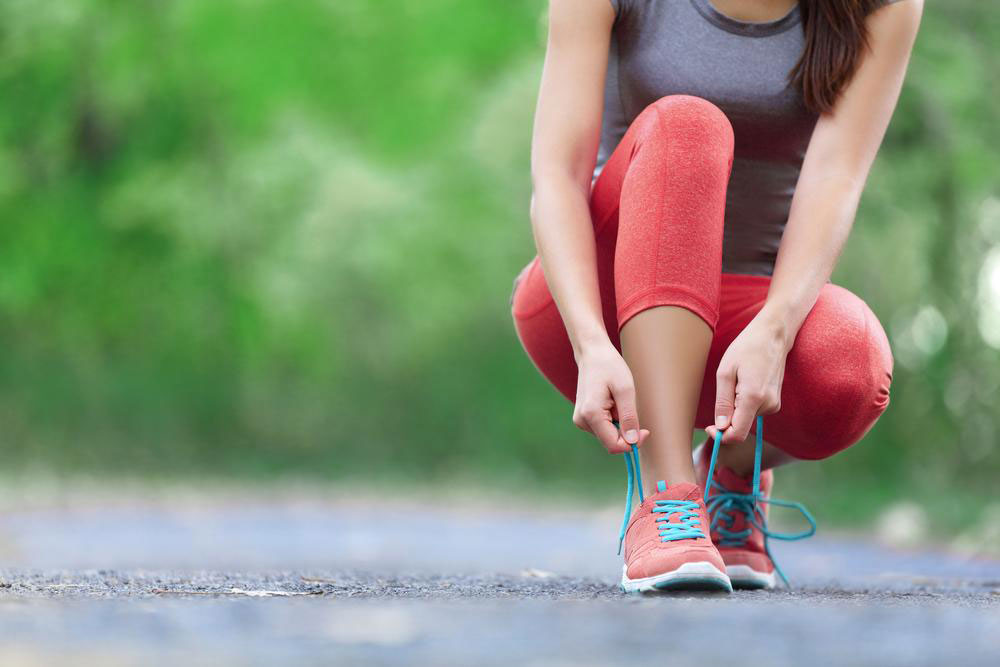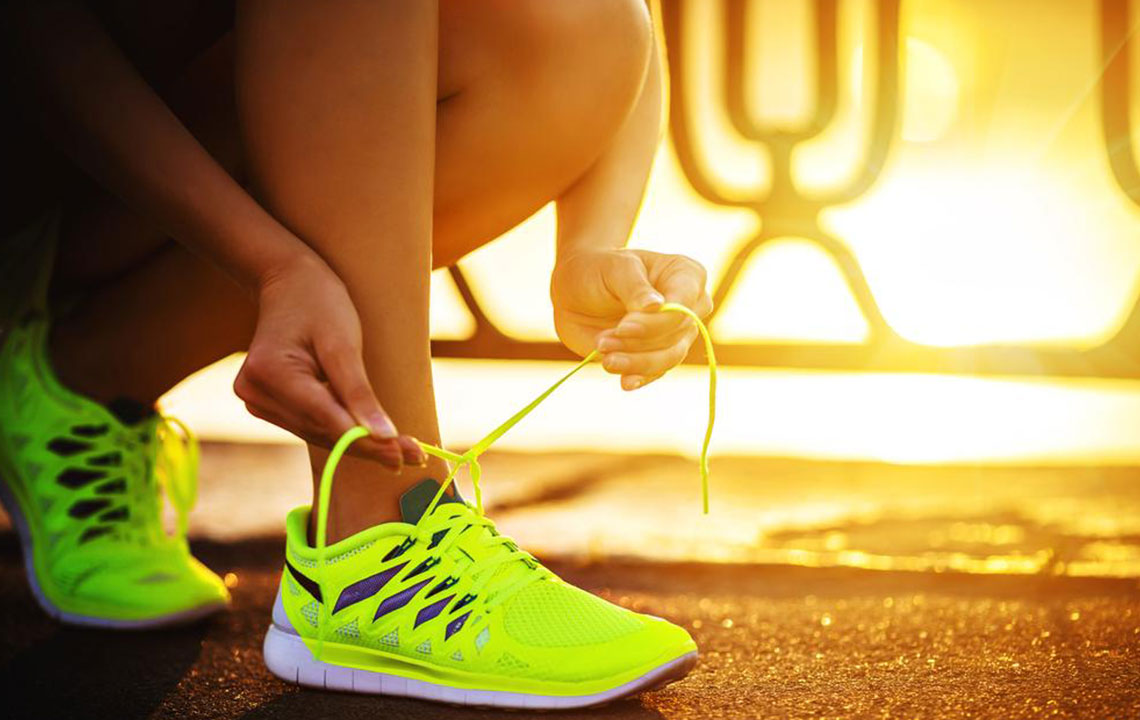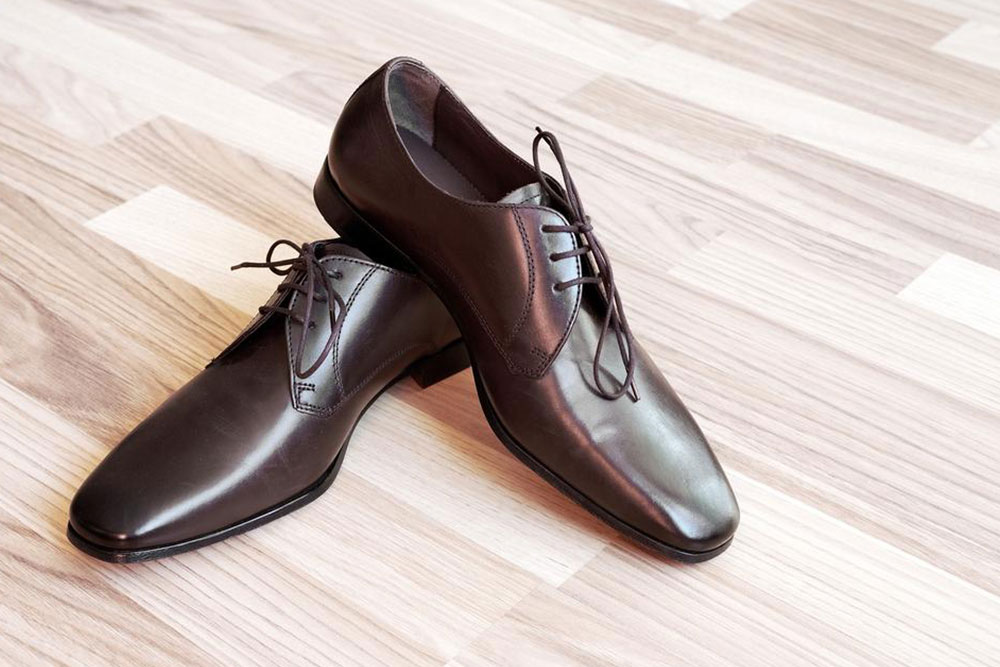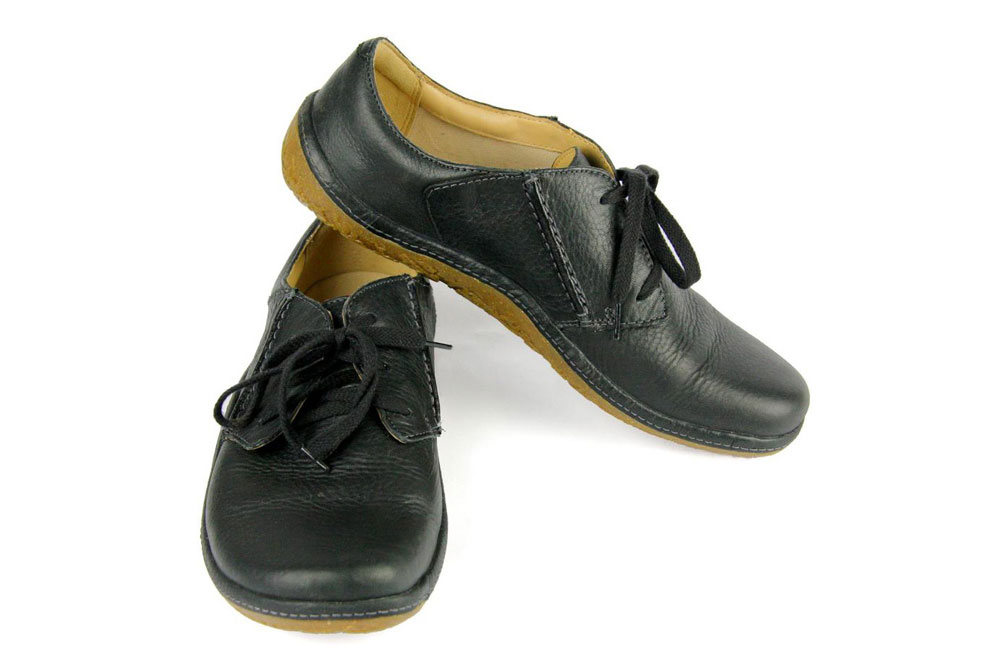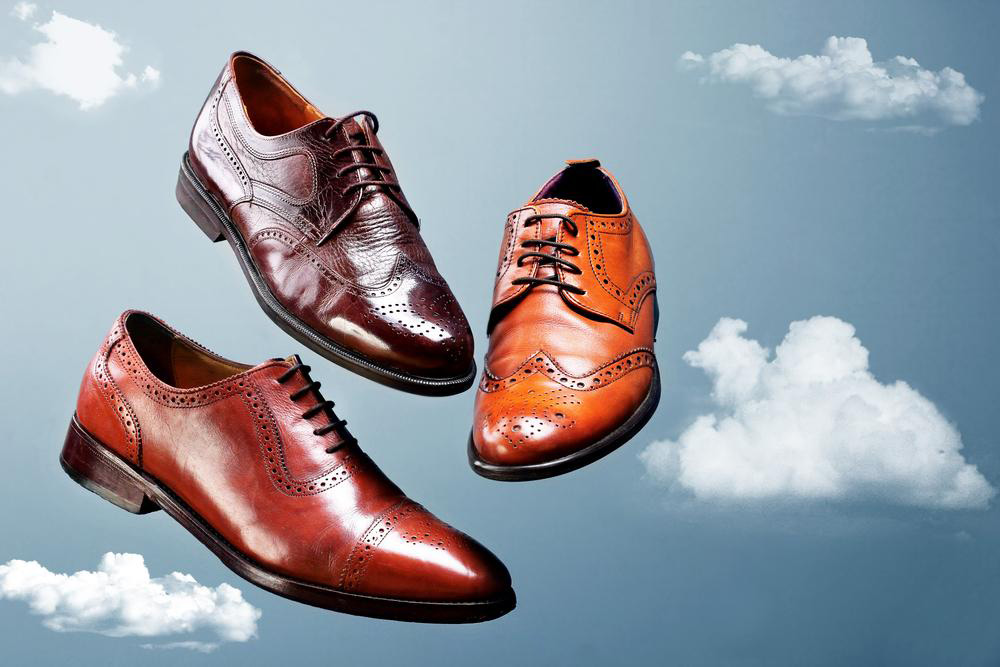Top Footwear Choices for Managing Plantar Fasciitis
Discover the best footwear options for alleviating plantar fasciitis pain. The article highlights essential features like arch support, shock absorption, and supportive inserts to help reduce heel pain, prevent further injury, and support recovery. It discusses various supportive devices, including gel insoles, night splints, and heel wraps, emphasizing their role in managing the condition effectively. Suitable for athletes and everyday wearers alike, these footwear solutions can significantly improve comfort and activity levels for individuals suffering from plantar fasciitis.
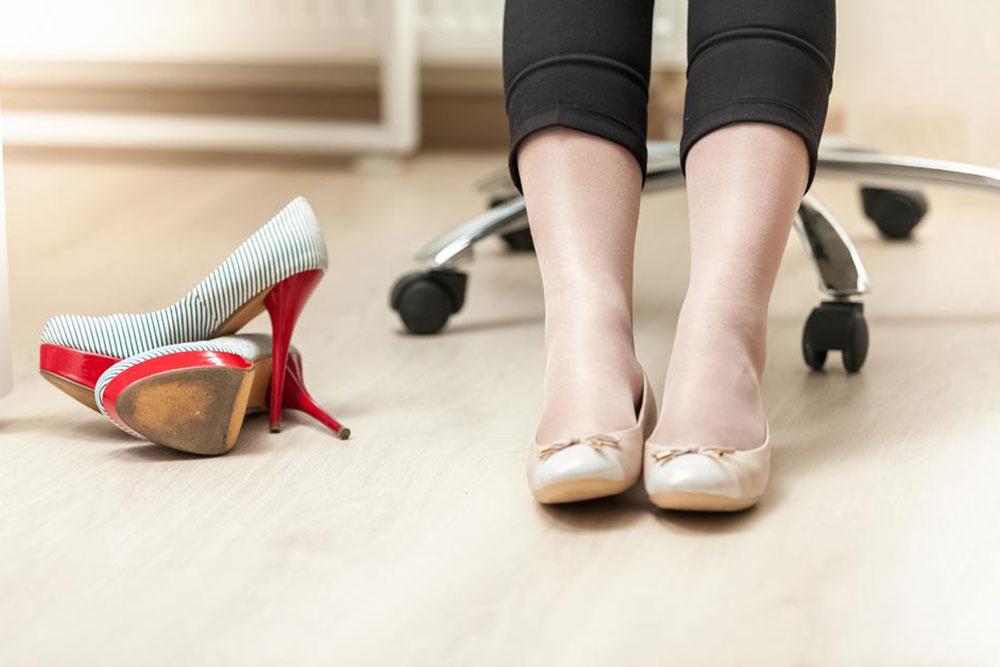
Top Footwear Choices for Managing Plantar Fasciitis
The plantar fascia is a delicate band of tissue that supports your foot's arch. Repetitive stress or injuries can lead to inflammation, causing painful heel issues known as plantar fasciitis. Athletes, who put continuous strain on their feet, are particularly vulnerable.
Choosing proper footwear is crucial in managing this condition. The ideal shoes should support the arch, cushion the heel, and provide stability during movement. Look for shoes that prioritize arch support over superficial heel padding.
Key features: Effective shoes for plantar fasciitis should incorporate shock absorption, a sturdy yet flexible build, and adequate arch support. Lightweight shoes with reinforced support aid in reducing pain and preventing further injury.
Gel-support insoles: Gel inserts offer excellent arch cushioning, especially during dynamic activities like running or jumping, aiding in heel alignment and reducing strain.
Night splints: These devices keep the foot in a neutral position overnight, preventing strain and aiding recovery. They can be adjusted for comfort and support while sleeping.
Heel and arch wraps: Supports that extend from the ankle to the heel help maintain proper foot alignment. Useful for various footwear, these wraps are beneficial during physical activity, especially running or jumping, to minimize pain and prevent worsening of the condition.
Limit prolonged heel wearing and avoid high heels during treatment to reduce pressure on the plantar fascia.
Note:
The information shared on our platform aims to provide helpful insights across various topics. While our team conducts thorough research, readers should use this as a guide and verify with healthcare professionals for personalized advice. The site is not responsible for discrepancies or errors among external sources, nor does it guarantee special offers or schemes mentioned elsewhere.

